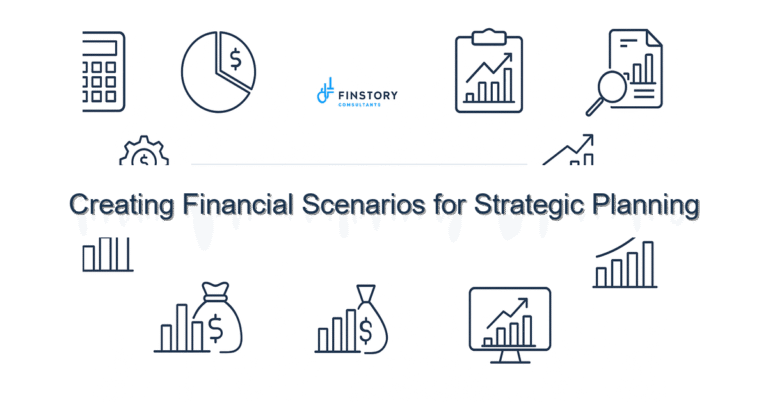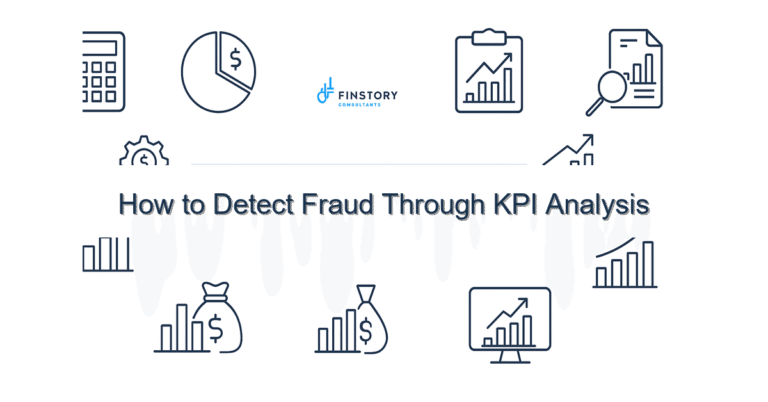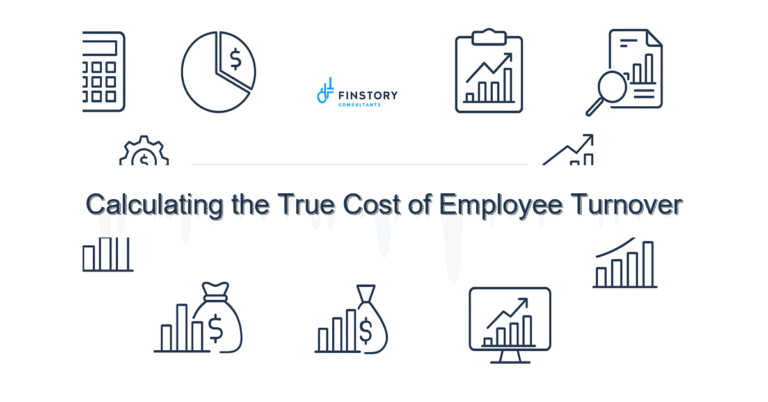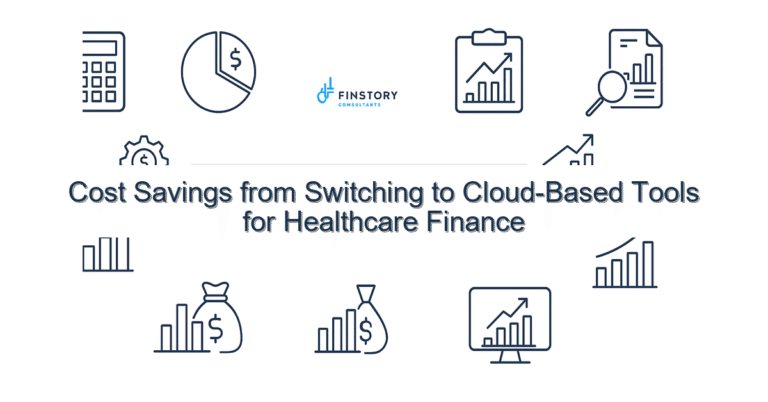How to Calculate Break-Even Point for Your Business
When you launch a business, there’s one question that keeps you awake at night:
“How much do I need to sell just to cover my costs?”
That’s where the break-even point comes in. It’s not just an accounting exercise—it’s your survival line. And knowing it can mean the difference between confidently growing your business… or constantly worrying if you’ll run out of cash.
Let’s break down how to calculate your break-even point and what it can tell you about your business health.
What is the Break-Even Point?
Your break-even point is the amount of sales you need to cover all your costs—so you’re not losing money, but not yet making a profit either.
Here’s the simplest definition:
Break-Even Point = Total Fixed Costs ÷ Contribution Margin Per Unit
- Fixed costs are the expenses that stay the same, no matter how much you sell (e.g. rent, salaries, insurance).
- Variable costs change with each unit you sell (e.g. raw materials, packaging, shipping).
- Contribution margin is what’s left from each sale after covering variable costs. It’s the part that “contributes” toward fixed costs and profit.
Real-World Example: The Coffee Shop
Let’s say Clara opens a coffee shop. Here are her monthly costs:
- Fixed costs:
- Rent: $2,500
- Utilities: $500
- Insurance: $200
- Salaries: $2,800
- Total fixed costs = $6,000
- Variable costs per cup of coffee: $1.50 (beans, cups, milk, etc.)
- Selling price per cup: $4.50
Her contribution margin per cup is:
$4.50 – $1.50 = $3.00
So Clara’s break-even point is:
$6,000 ÷ $3.00 = 2,000 cups per month
Clara needs to sell at least 2,000 cups of coffee monthly just to break even. Every cup sold above that is profit!
Why Knowing Your Break-Even Matters
Here’s why your break-even point is so powerful:
✅ Pricing Strategy — Helps you set prices high enough to cover costs.
✅ Sales Targets — Gives you a clear goal for how much you need to sell each month.
✅ Cost Management — Shows how cutting fixed or variable costs can lower your break-even point.
✅ Planning for Growth — Helps you predict how new expenses (like hiring staff or moving to a bigger location) will impact profitability.
Hypothetical Scenario: The Software Startup
Imagine a SaaS company with:
- Monthly fixed costs: $50,000
- Subscription price: $100/month per customer
- Variable costs: $20/customer/month
Contribution margin per customer: $100 – $20 = $80
Break-even customers = $50,000 ÷ $80 = 625 customers
Now they know they need at least 625 paying customers to cover their costs. This helps the founders set marketing targets and budgets with real clarity.
How to Lower Your Break-Even Point
Want to make your business safer and more profitable? Lower your break-even point. You can:
- Increase prices — If the market allows, even small price bumps can have a big impact.
- Reduce variable costs — Find better suppliers or improve processes.
- Reduce fixed costs — Negotiate rent, outsource tasks, or downsize office space.
- Focus on higher-margin products — Push the offerings that give you more profit per sale.
How a Virtual CFO Helps
Figuring out your break-even point isn’t just about plugging numbers into a formula. A Virtual CFO can help you:
✅ Analyze your costs in detail and spot hidden expenses
✅ Model different pricing or cost scenarios
✅ Create dashboards so you can track sales vs. break-even in real time
Instead of guessing how many sales you need, you’ll have a clear plan—and peace of mind.
Your Next Step
When was the last time you calculated your break-even point?
Choose one product or service and run the numbers this week. You might discover you’re closer—or further—from profitability than you thought.
And if all those calculations make your head spin, consider reaching out to a Virtual CFO. Because your break-even point shouldn’t be a mystery—it should be your roadmap to profit.






